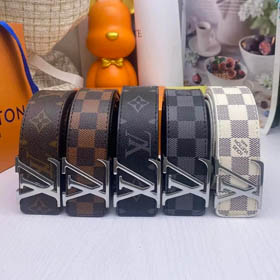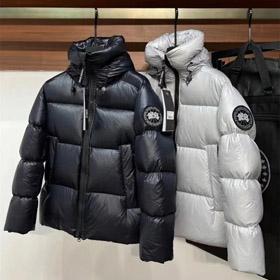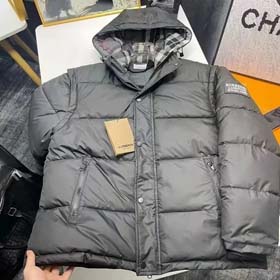The Story of Supreme: A Cultural Icon
Supreme is more than just a clothing brand; it's a cultural phenomenon that has redefined streetwear. Founded in 1994
In its early days, Supreme catered primarily to the skateboarding community. The brand's bold logo, a red box with "Supreme" written in white Futura Bold font, quickly became iconic. The store's limited-edition drops and collaborations with artists and designers created a sense of exclusivity, drawing in a loyal fanbase. Supreme's rise to fame was not overnight. The brand’s unique approach to marketing, such as releasing small quantities of products and hosting exclusive events, kept the hype alive. By the early 2000s, Supreme had expanded its reach beyond skateboarding, becoming a symbol of urban culture and high fashion. One of Supreme's most defining features is its ability to collaborate with a wide range of partners, from streetwear brands like Kakobuyproduct spreadsheet. Supreme's success lies in its commitment to maintaining a sense of exclusivity. The brand's limited-edition drops often sell out within minutes, creating a frenzy among fans and resellers alike. This scarcity-driven model has turned Supreme into a status symbol, with its products often fetching high prices on the resale market. As Supreme continues to evolve, it remains rooted in its skateboarding origins while embracing new opportunities. From opening stores in major cities worldwide to experimenting with digital marketing, Supreme shows no signs of slowing down. Whether you're a long-time fan or new to the brand, Supreme's influence is undeniable. For more insights into Supreme's latest collections and collaborations, visit Kakobuy
The Humble Beginnings
From Skate Shops to Global Influence
Cultural Impact and Collaborations
A Legacy of Exclusivity
The Future of Supreme



















